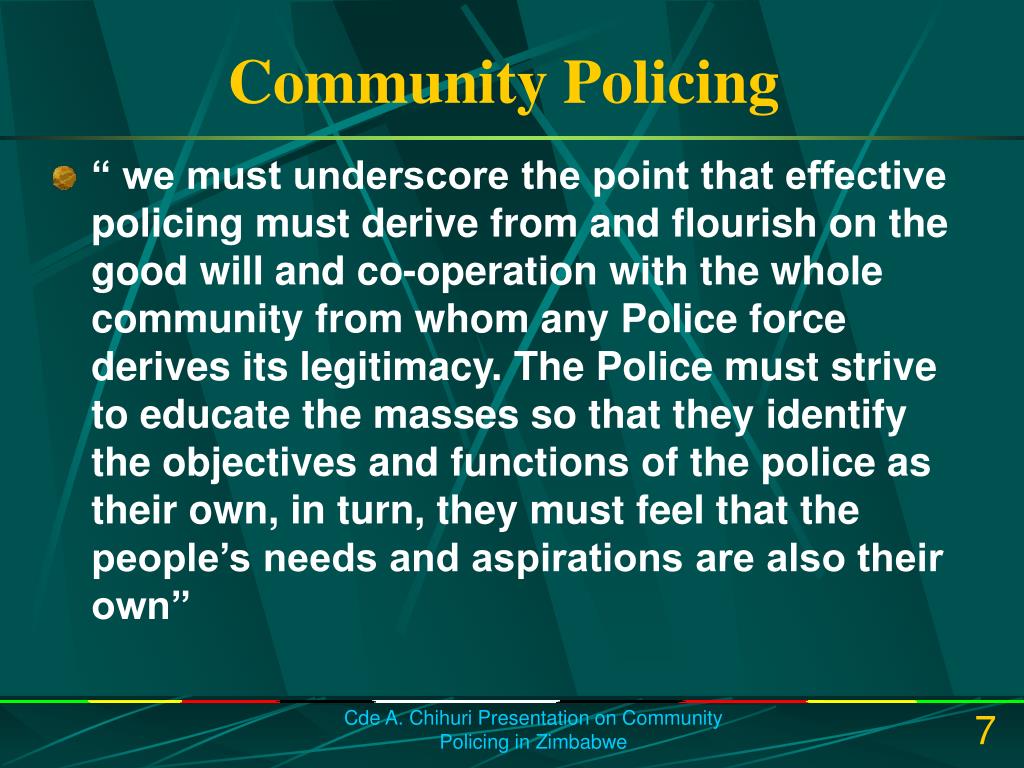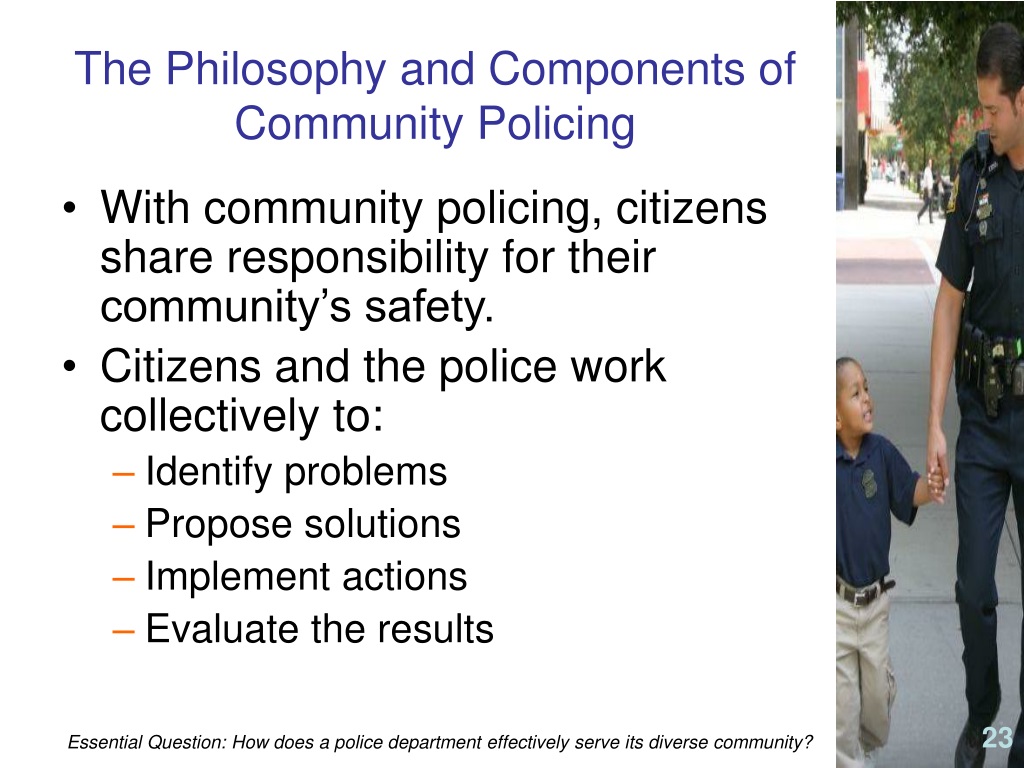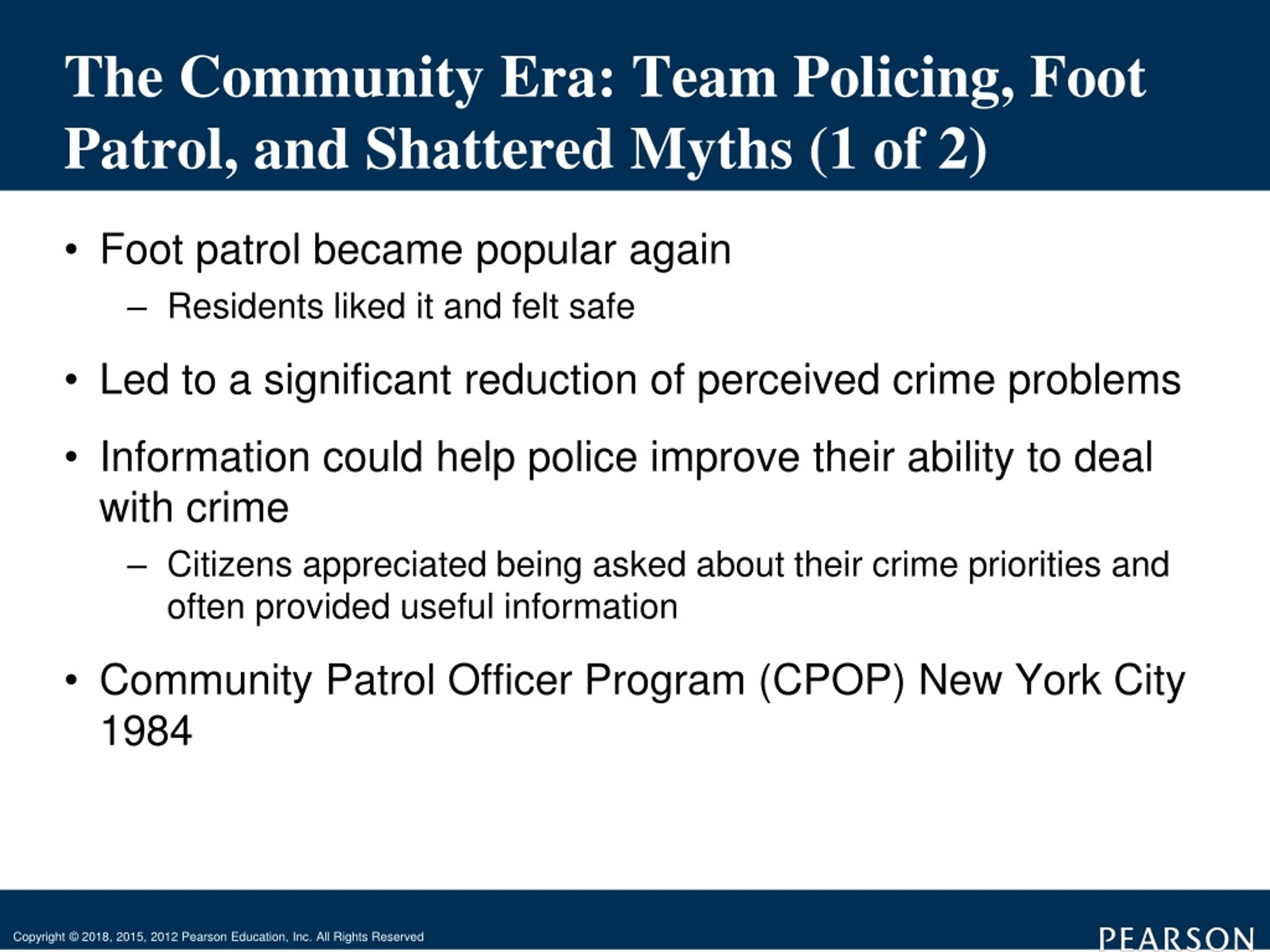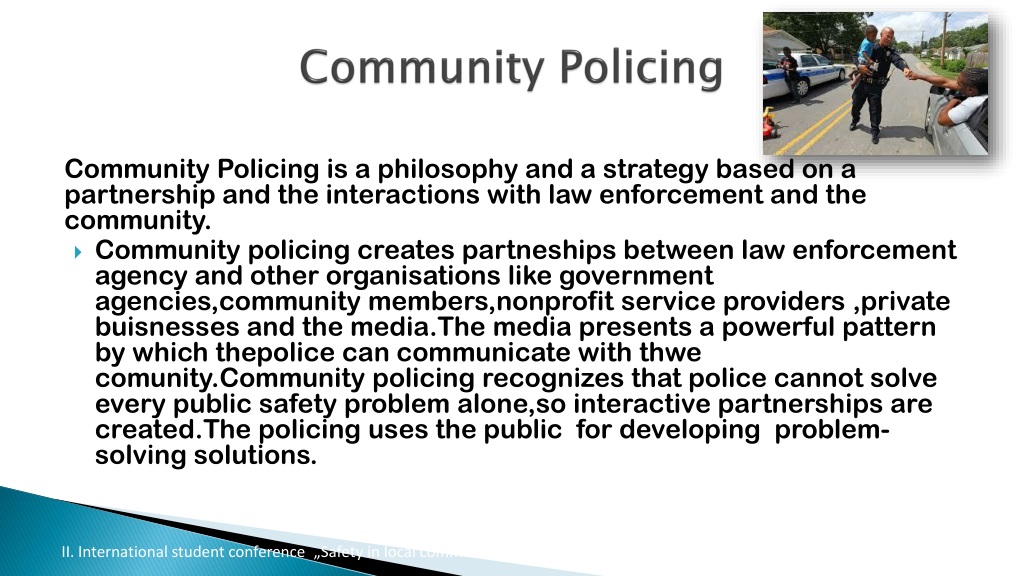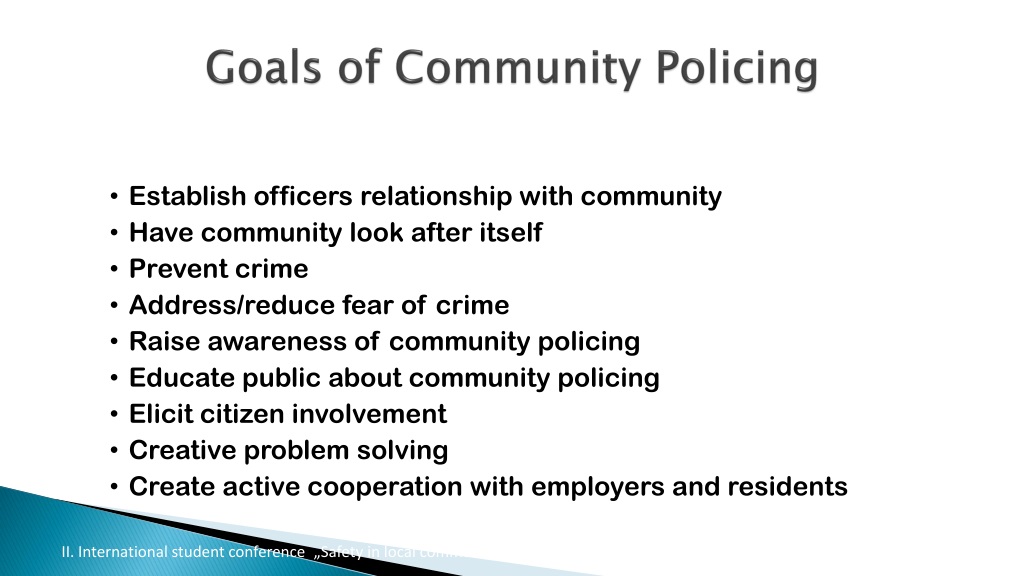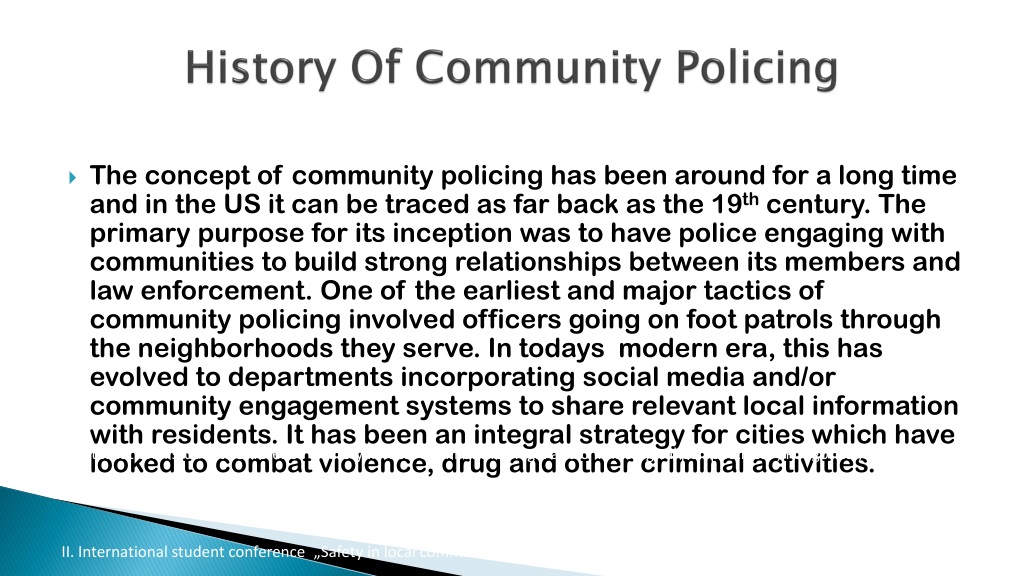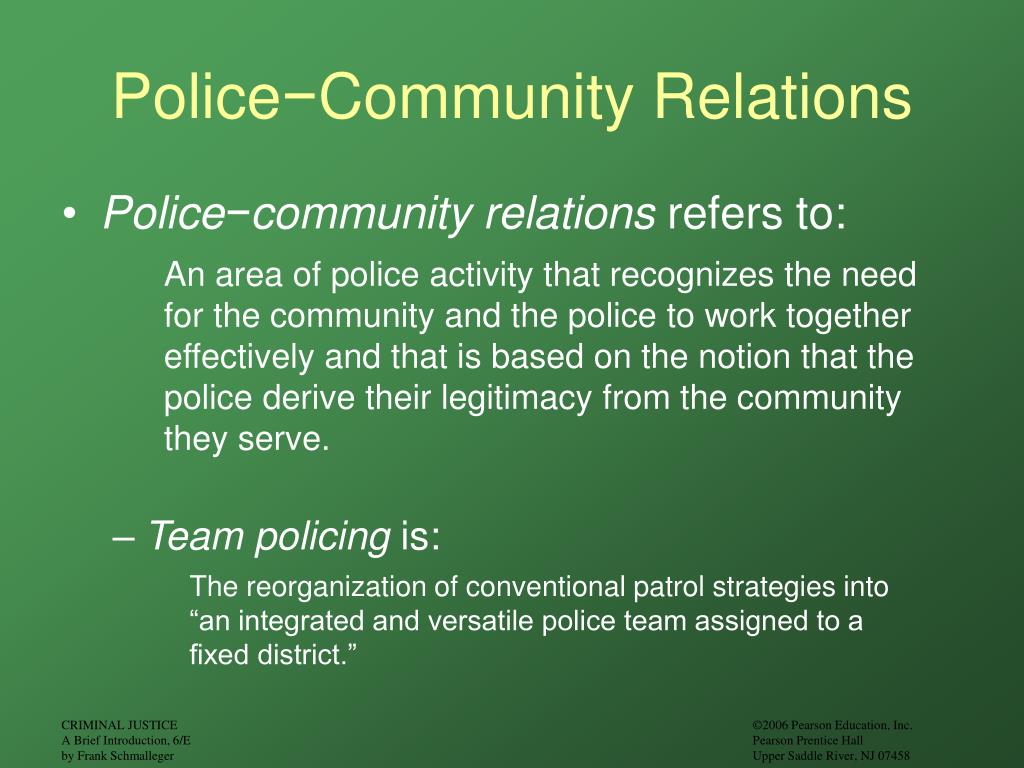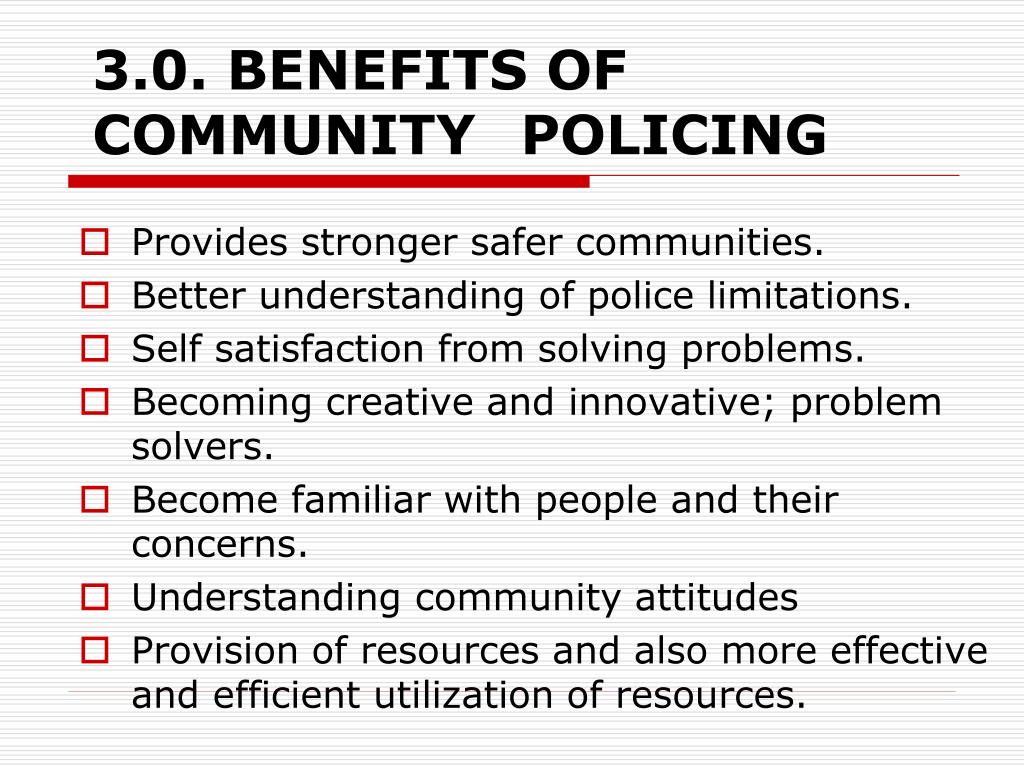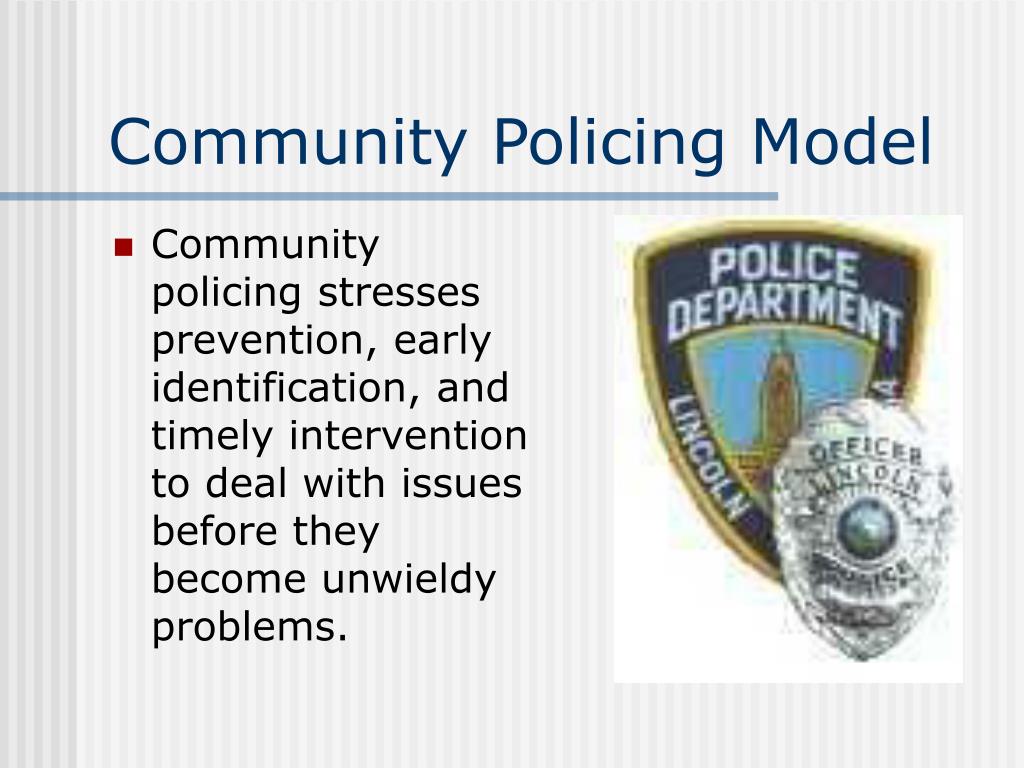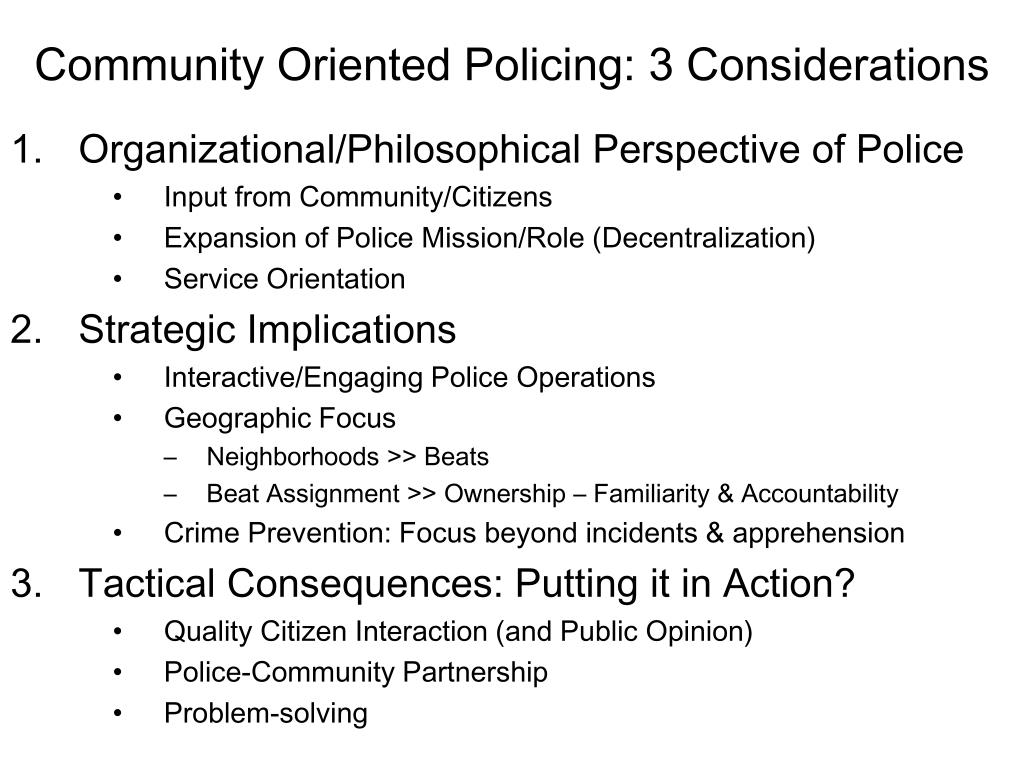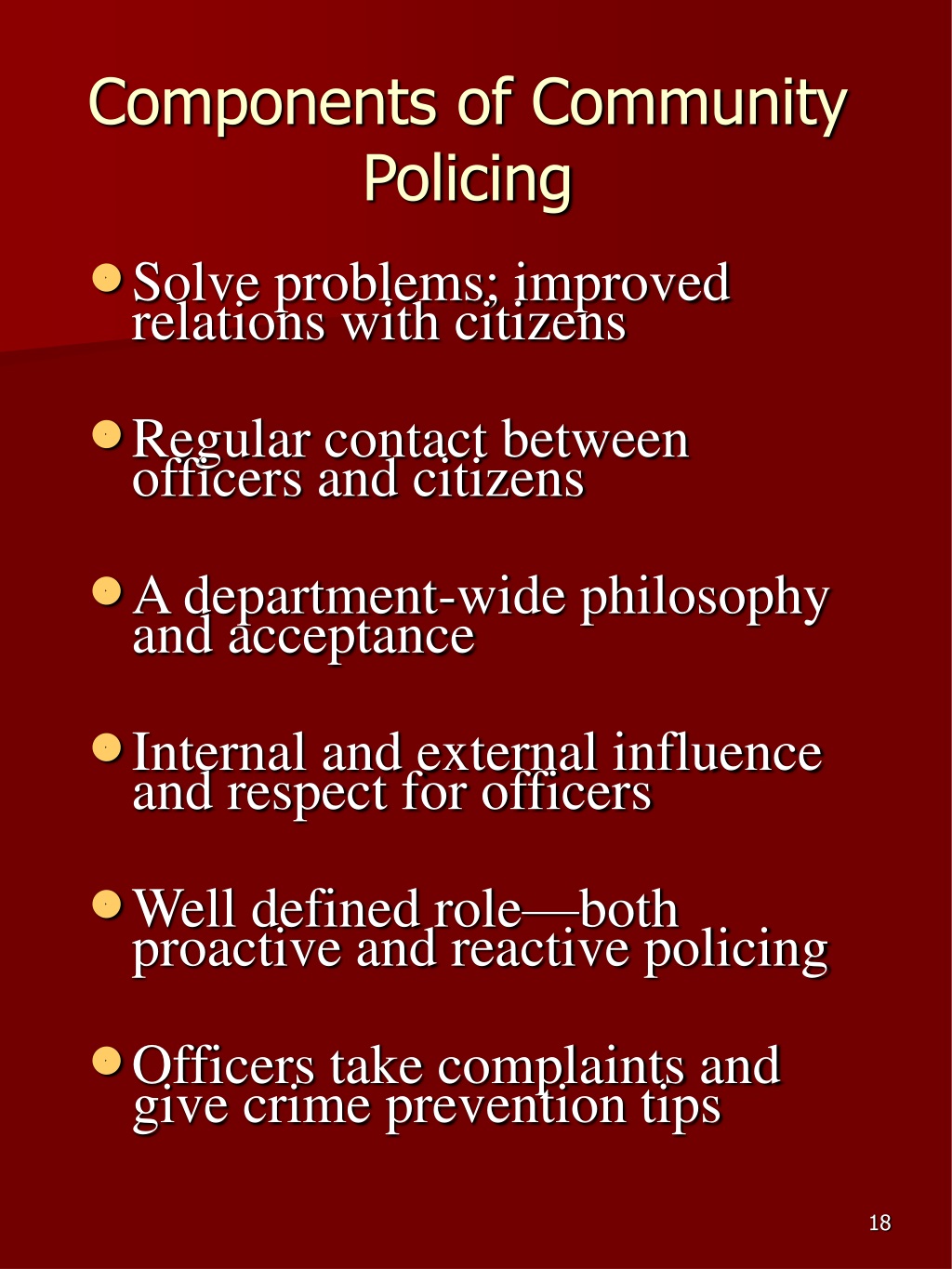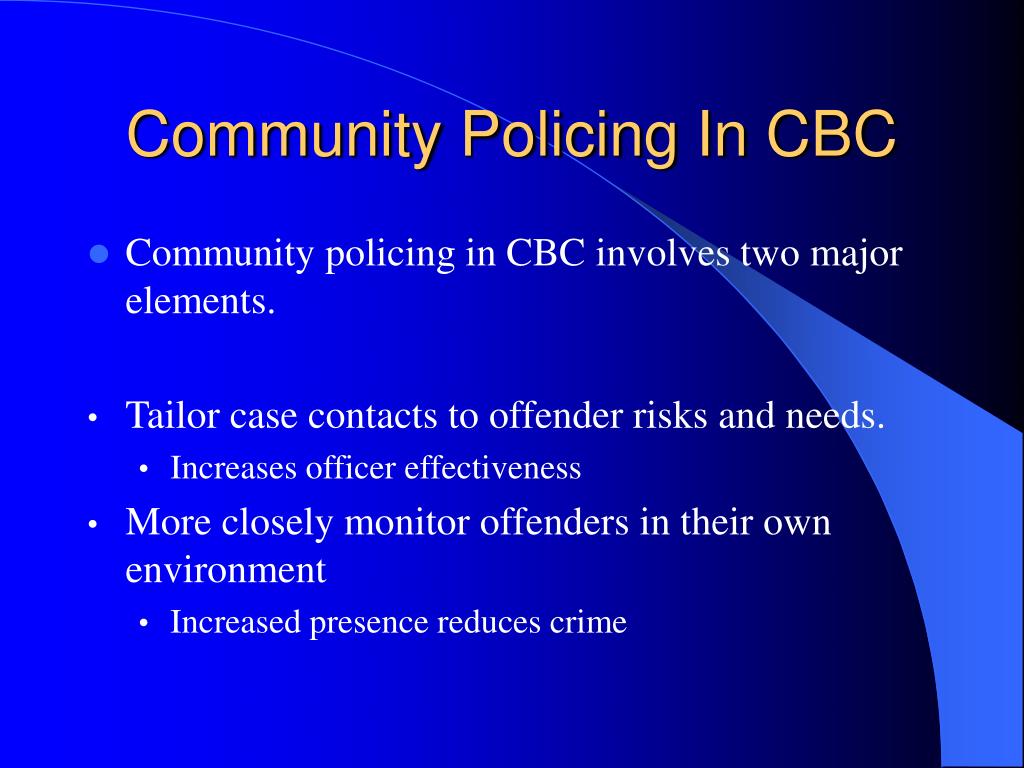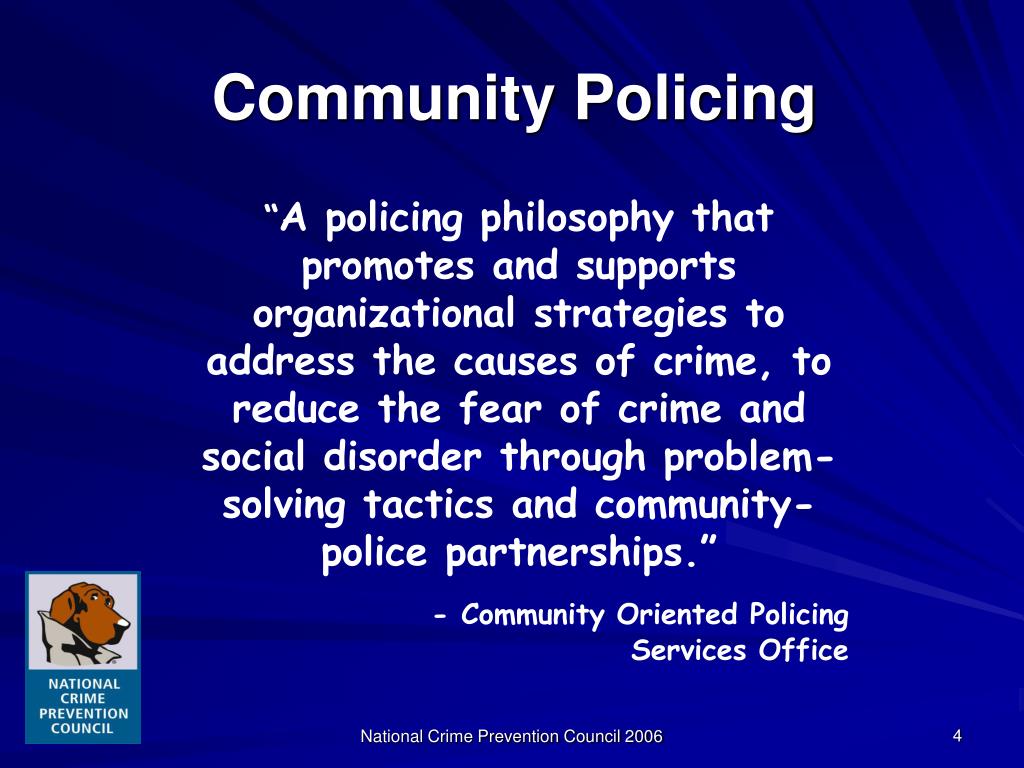Identify A True Statement About Community Policing.
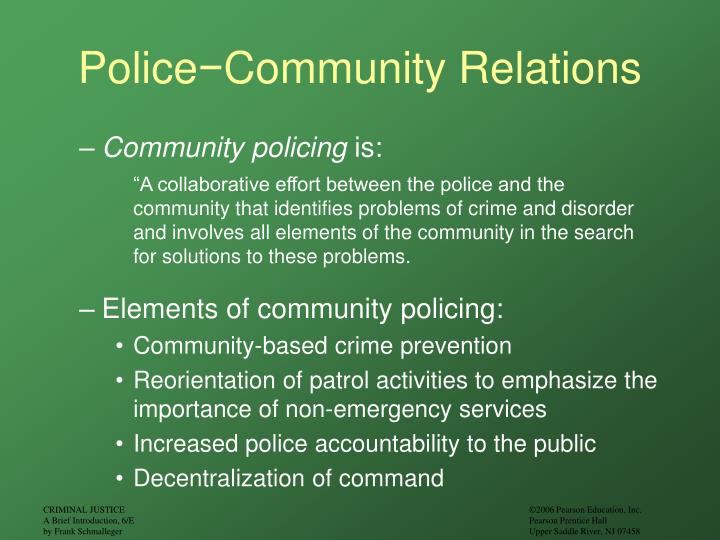
The late afternoon sun cast long shadows across Elm Street, painting the familiar storefronts in hues of amber and gold. A group of children, their laughter echoing in the crisp autumn air, gathered around Officer Ramirez, his patrol car a beacon of trust rather than authority. He wasn't writing tickets or responding to a call; he was simply listening, really listening, to their tales of playground adventures and neighborhood mysteries.
At its core, the statement that best identifies true community policing is this: it is a collaborative effort between law enforcement and the communities they serve, built on mutual respect, trust, and shared problem-solving to address the root causes of crime and improve quality of life.
The Genesis of Community Policing
The seeds of community policing were sown in the turbulent decades of the 1960s and 70s. Traditional policing models, often characterized by reactive responses to crime and a distance between officers and residents, proved increasingly ineffective in addressing the complex social issues that fueled unrest and distrust.
Rising crime rates, coupled with growing civil rights movements, exposed the limitations of a solely enforcement-based approach. The President's Commission on Law Enforcement and Administration of Justice in 1967 highlighted the need for police to engage more actively with the communities they served, fostering a sense of shared responsibility for public safety.
Early experiments in cities like Flint, Michigan, and Newark, New Jersey, began to test alternative strategies. These pilot programs emphasized foot patrols, problem-solving initiatives, and partnerships with local organizations.
Key Principles of Community Policing
Community policing is more than just a set of tactics; it's a philosophy that fundamentally reshapes the role of law enforcement. Several core principles define its approach.
First and foremost is the emphasis on building trust and legitimacy. This involves fostering positive relationships with residents through consistent and respectful interactions. Officers are encouraged to become familiar faces, participating in community events and engaging in informal conversations.
Problem-solving is another cornerstone. Instead of merely reacting to incidents, community policing encourages officers to identify underlying issues that contribute to crime and disorder. This often involves analyzing data, conducting surveys, and collaborating with residents and other stakeholders to develop targeted solutions.
Accountability is paramount. Community policing emphasizes transparency and responsiveness to community concerns. This includes implementing citizen review boards, providing regular reports on crime trends, and soliciting feedback on police performance.
The Three Pillars: A Foundation for Success
Often, community policing is structured around three key pillars: community partnerships, problem-solving, and organizational transformation. These pillars represent the essential elements necessary for effective implementation.
Community partnerships involve creating collaborative relationships with residents, businesses, community organizations, and other government agencies. These partnerships provide opportunities for sharing information, identifying concerns, and developing joint solutions.
Problem-solving is a proactive approach to addressing the underlying causes of crime and disorder. It involves using data analysis, community input, and innovative strategies to develop targeted interventions.
Organizational transformation requires police agencies to adopt a culture that supports community policing principles. This includes providing training to officers on communication skills, problem-solving techniques, and cultural sensitivity. It also requires changes in organizational structure and policies to empower officers to work more closely with the community.
The Impact and Challenges of Community Policing
Numerous studies have demonstrated the positive impact of community policing on crime rates and community satisfaction. A 2016 report by the U.S. Department of Justice found that community policing strategies were associated with reductions in violent crime, property crime, and fear of crime in participating communities.
Furthermore, community policing has been shown to improve police-community relations, increasing trust and cooperation. This can lead to greater willingness among residents to report crimes and provide information to law enforcement.
However, implementing community policing is not without its challenges. It requires a significant investment in training, resources, and organizational change. Sustained commitment from both police leadership and the community is crucial for its long-term success.
One of the biggest hurdles is overcoming deeply ingrained distrust between law enforcement and marginalized communities. Historical injustices and ongoing disparities in the criminal justice system can create significant barriers to building trust and collaboration.
Another challenge is ensuring that community policing efforts are truly inclusive and representative of all residents. It is essential to engage with diverse groups within the community, including those who may be traditionally underrepresented or distrustful of law enforcement.
"Community policing is not a program; it's a philosophy, an organizational strategy, and a management approach that transforms the way police do their job." - The COPS Office (Community Oriented Policing Services)
The Future of Community Policing
As our society evolves, community policing must also adapt to meet new challenges and opportunities. The rise of technology, for example, presents both potential benefits and risks.
Body-worn cameras, data analytics, and social media can enhance transparency and accountability, but they also raise concerns about privacy and surveillance. It is crucial to use technology in a way that supports community policing principles and protects the rights of all residents.
Furthermore, community policing must address the root causes of crime and inequality. This requires working with other sectors, such as education, healthcare, and social services, to provide comprehensive support to vulnerable populations. Addressing issues such as poverty, homelessness, and mental health can have a significant impact on reducing crime and improving community well-being.
The future of community policing lies in its ability to adapt to the changing needs of our communities, embracing innovation while staying true to its core principles of trust, collaboration, and shared responsibility.
A Continuous Journey
Officer Ramirez handed a small, worn soccer ball back to one of the children, a gentle smile gracing his face. It wasn't just about enforcing the law; it was about building bridges, fostering understanding, and creating a community where everyone felt safe and valued. This is the essence of community policing, a continuous journey, not a destination.
And as the sun dipped below the horizon, painting the sky in hues of orange and purple, it was clear that the true measure of success wasn't just in the absence of crime, but in the strength of the bonds forged between the police and the people they served.
